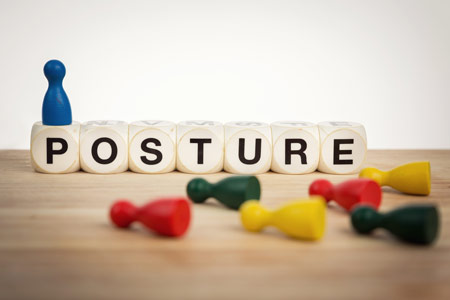Certified Postural Corrections
The Principles
of Posture
Home > Our Services > Certified Postural Corrections > The Principles of Posture
The Five Principles Of Posture And Body Motion Explain The Biomechanics Of How Our Bodies Work
Posture is an essential component of optimal human design. The structural framework of your body directly relates to your life performance. By supporting the strength of the body through the finest designed posture, you enhance your ability to move, feel and look better.

A Healthy Back Has 3 Correct Curves
- An inward or forward curve at the neck (cervical curve)
- An outward or backward curve at the upper back (thoracic curve)
- An inward curve at the lower back (lumbar curve).
Good posture helps maintain these natural curves, while poor posture does the opposite — which can stress or pull muscles and cause pain.
Anatomy Of Good Posture
- Your Spine: Good posture actually means keeping the three curves of your spine in balanced alignment. Misalignments of the vertebrae, or spinal subluxations, cause postural abnormalities.
- Your Muscles. Strong and flexible muscles also are essential to good posture. Abdominal, hip, and leg muscles that are weak and inflexible cannot support your back’s natural curves.
- Your Joints. Hip, knee, and ankle joints balance your back’s natural curves when you move, making it possible to maintain good posture in any position.
Alignment
Posture exercises, when incorporated as a lifestyle habit, break the pain cycle and create a cycle of coordinated, full ranges of motion. When a person presents with misalignments of the spinal column, the muscles naturally contract and become more rigid to compensate for these misalignments. This is felt as tightness at the base of the neck and shoulders and stiffness of the low back. To correct muscle dysfunction long-term, it is important to first re-align the spine, then identify the weak and chronically strained musculature. Once the muscular dysfunction patterns are identified, a specific postural rehabilitation protocol can be utilized to re-educate the muscle physiology. Many exercises in the program are specifically designed to increase core strength and core stability to improve posture.
Balance
The position in which we balance our body to stay erect has a significant effect on our posture. If the spine is not in proper alignment, people generally feel less stable or experience discomfort balancing their body with the proper posture. For example, a person with a hip misalignment will naturally shift their center of gravity to one hip, accentuating the misalignment.
Postural consciousness during daily activities draws attention to proper posture and coordination. By completing a postural corrective program, incorporating chiropractic and postural rehabilitation, it has been demonstrated to increase balance and coordination, and reduce the chance of falling by 55% in the elderly.
Core Control
Posture exercises, when incorporated as a lifestyle habit, break the pain cycle and create a cycle of coordinated, full ranges of motion. When a person presents with misalignments of the spinal column, the muscles naturally contract and become more rigid to compensate for these misalignments. This is felt as tightness at the base of the neck and shoulders and stiffness of the low back.
To correct muscle dysfunction long-term, it is important to first re-align the spine, then identify the weak and chronically strained musculature. Once the muscular dysfunction patterns are identified, a specific postural rehabilitation protocol can be utilized to re-educate the muscle physiology. Many exercises in the program are specifically designed to increase core strength and core stability to improve posture.
Book online today.
Book your Assessment with our team to see how we can help you with your goals.





